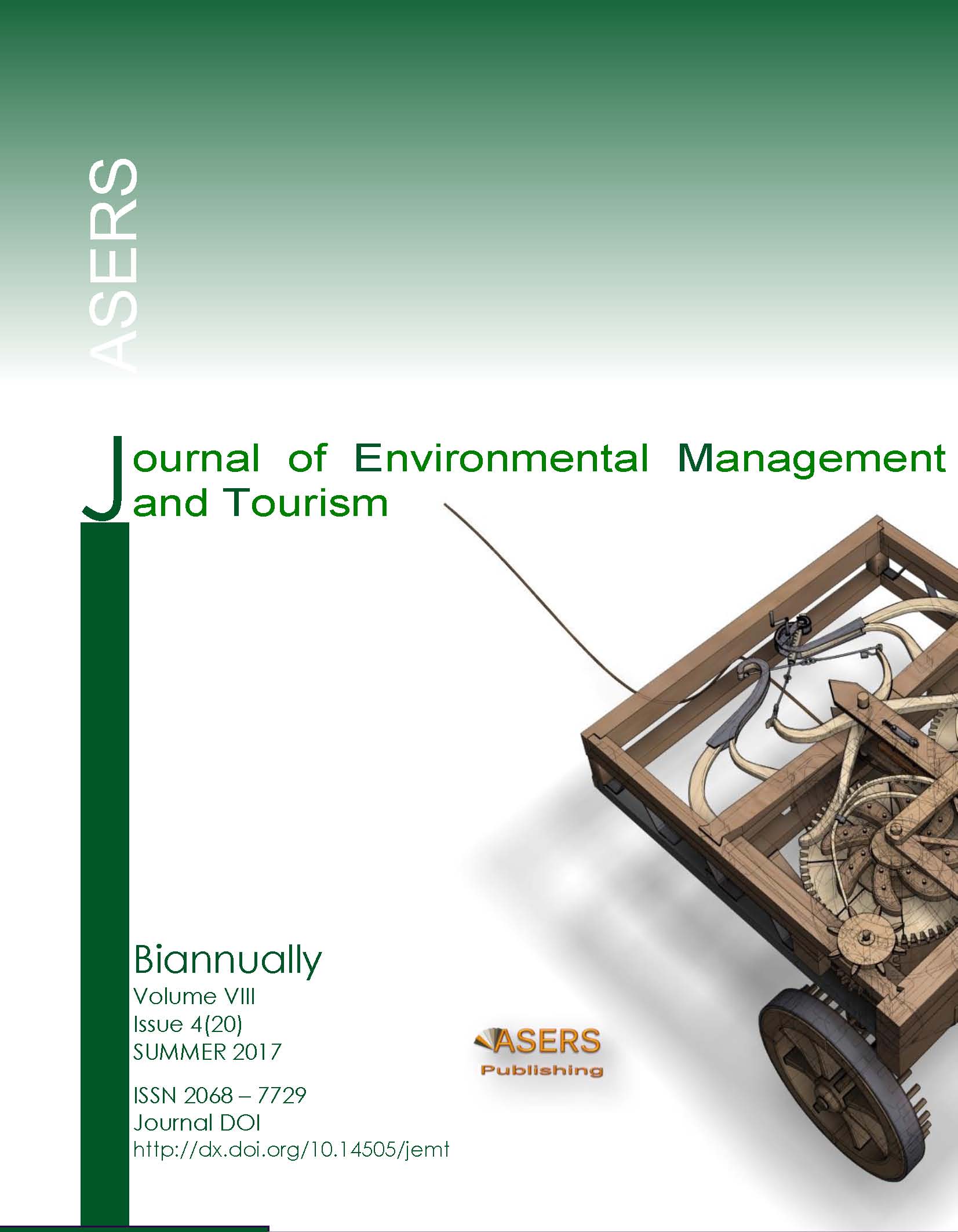The Impact of Inflation, Exchange Rate toward Unemployment and Poverty in Indonesia. Case Study of Small and Medium Enterprises at the Tourists’ Area of Lombok
Abstract
The purpose of the study is to determine the impact of inflation and the weakening of the rupiah exchange rate against US$ toward the level of poverty and unemployment as well as the development of small entrepreneurs. This study uses quantitative and qualitative research methods. The results are as follows: (1) There is significant effect of inflation rate, exchange rate, economic growth and average wages on poverty; (2) There is significant effect of the inflation rate and the average wage on poverty in urban areas; (3) There is significant effect of inflation rate, exchange rate, economic growth and average wages on poverty in rural areas; (4) There is significant effect of inflation rate, exchange rate and unemployment on unemployment assuming fixed wage; (5) There is no significant effect of inflation rate and exchange rate on unemployment with no fixed wage assumption. The findings of qualitative analysis are as the following: (1) The welfare of both business owners and artisans in small industry are not overly influenced by the impact of inflation and the weakening of rupiah against the US dollar; (2) Strategies to overcome the impact of inflation and exchange rate adopted by small and medium enterprise, include (a ) Efforts to reduce the size of goods (b) reducing the quality of the product (c) reduce business profits and (d) cost efficiency of production; (3) Current marketing system, includes: (a) Waiting for domestic and foreign tourists who visit with tour guides (b) Marketing and selling in designated market established by the government (c) Participation in exhibition (d) Digital marketing through website.
References
[2] Badan Pusat Statistik. 2012. Statistk Indonesia 2012 Jakarta: Badan Pusat Statitstik.
[3] Choyakh, H. 2008. Modelling tourism demand in Tunisia using cointegration and error correction models. London: Physica-Verlag.
[4] Garin-Munaz, T., and Amaral, T.O. 2000. An economic model for international tourism flows in Spain. Applied Economics Letters, 2000 (7): 525-529.
[5] Gujarati, D.N. 2003. Basic Economics. Singarpura: c Graw Hill. International Monetary Fund. 2012. International Financial Statistics Wahington: International Monetary Fund.
[6] Koutsoyianis A. 1978. Theory of Econometric second Edition. Great Britia: Happer & Row Publisher, Inc.
[7] Krongkaew, M., Chamnivickorn S., and Nitithanprapas, I. 2006. Economic growth, employement and poverty reduction linkages: The case of Thailand. Employeent and Poverty Discussion Paper No. 20 ISBN 92-2-118252-5.
[8] Leurent, 2007. An econometric model of tousim demand in France. Tourist an International Multidisplinary Journal of Tourism, 2(1).
[9] Mankiw, N. G. 2000. Macroeconomics. 6th Edition. Worth Publsher. New York.
[10] Pindyck, R. S., and. Rubin Field, D.L. 2001. Microeconomics 5th Edition. Prentice Hallton International. Inc. New Jersey.
[11] Saunders, P. 2002. The direct and direct effects of unemploement on poverty and inequality. Social Policy Research Centre Discussion Paper, No. 118. University of New South Wales, Sydney.
[12] Son, H. H., and Kakwani, N. 2004. Economic growth and poverty reduction: initial condition matter. Working Paper no 2. United Nations Develpoment Programme International Poverty Centre, Brasilia.
[13] Spillane, J. 1987. Ekonomi Pariwisata. Sejarah dan Prospeknya, Kanisus. Yogyakarta.
[14] Stabler, M. 2010. The Economics of Tourism. 2nd Edition. London. Routledge.
[15] Yap Ghialy. 2010. An ecometric analysis of Australian domestic tourism demand. Disertation Faculty of Business and Law Cowan University.
Copyright© 2025 The Author(s). Published by ASERS Publishing 2025. This is an open access article distributed under the terms of CC-BY 4.0 license.
